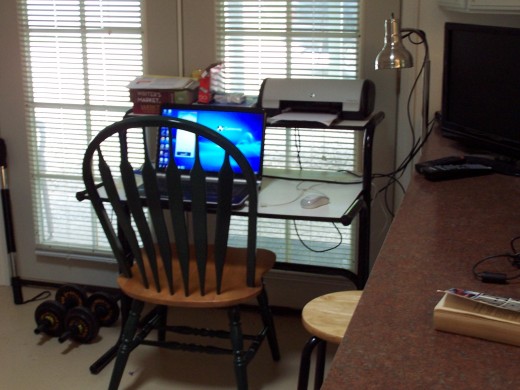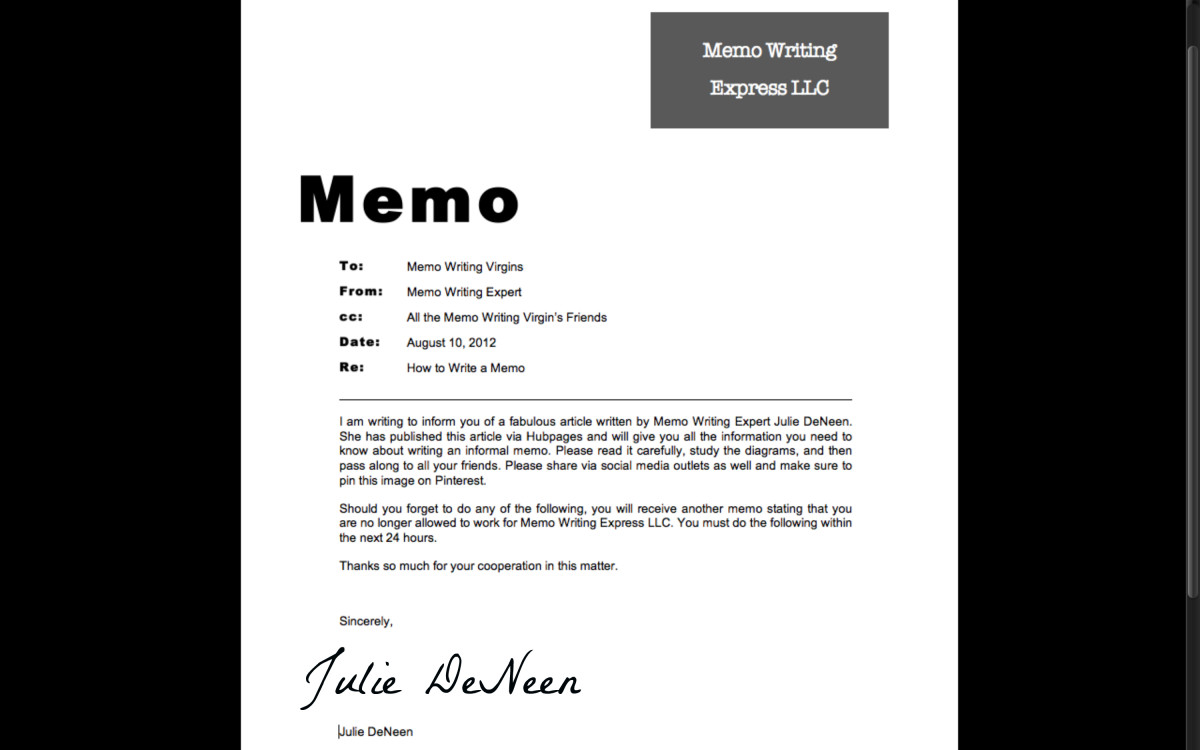The Writer's Mailbag: Installment 176
How Do We Get There?
I was sitting at my desk, diligently working on this week’s Mailbag, when a flash from the past invaded my thoughts.
A friend of mine and I were invited to a wedding up in Seattle, sixty miles to the north. We left Olympia with plenty of time to spare. It is normally about a one-hour drive to Seattle, taking Interstate 5, so we left a full two hours before the event, figuring if we got there early we could always stop and enjoy a coffee beforehand.
There was an accident on I-5 and it was backed up for miles. Suddenly our “leaving early” did not appear to be so early after all. My friend voiced concern but I simply told her “no sweat, I know a different way to get there,” and I took the next exit, switched over to Highway 99, and we made it north on that arterial with fifteen minutes to spare.
The point of that story is this: there are different routes in any profession to get to the same finish line. One writer may do things one way; another writer may use a completely different approach. Neither is right, neither is wrong, in most cases. We are all here to learn from each other and that, I think, is the great value of this series.
Shall we?

From Anusha on Using Public Photos
Last week we had a question about using public photos. One of our readers disagreed with my answer, and here is her response for those who missed it:
“This mailbag proved to be somewhat thought-provoking to me. I kinda don't agree with you when it comes to shooting people in public. I did my own research and it turns out that while in my country also, there is not a specific law to prevent people from being photographed without their knowledge, consent or permission, there have been multiple incidences where people, especially women, slapped eve-teasing cases against the photographers.
“And there are laws in some states for minors. In the state of Florida, as per my search, there are laws which will prevent anyone except parents to photograph kids.
“On websites like Pixabay also, model releases are compulsory if the model in the picture is recognizable. Only celebrities are denied this right, which entails that, if journalists take their pictures, that would not require a model release. And yet, generally reporters ask for permission, and celebrities pose for them.
“I personally feel that even if there are no laws, we should respect our fellow humans' right to know that they are being photographed, and let them either accept or deny the shot.
“In reality, in my humble opinion, the intent is important. If decent people, like say, deep thinking authors would even say that it's okay to click pictures without permission and use them, since there are no laws against it, think about the freedom from any moral obligation that would be felt. And the more people do it, the more common it seems, the more difficult it would become to detect and stop creepy advances from perverts.”
Thank you, Anusha! I appreciate your thoughts.

Colon and Semicolon
From Eric: All right, I am sure you addressed this before, but go through the comma the semi-colon and the colon. Pretty please.
Eric we have, in fact, gone over this before but, since it’s you asking all nice and everything, I’ll cover it briefly once more.
Colons are generally used to introduce a list or some other explanatory phrase. Our friends at The Writer give this definition of a colon: “To announce, introduce, or direct attention to a list, a noun or noun phrase, a quotation, or an example/explanation.”
You can use a colon to draw attention to many things in your writing.
Example . . . There are several things wrong with raising chickens: poop, poop, and poop!
Semicolons connect two independent clauses which are closely related.
Example . . . There is no right or wrong way to perform that task; however, my way is the most direct path to success.
There are several other uses for both the colon and semicolon, but those mentioned are the most common. I had a writing coach once tell me never to use a semicolon in fiction. I forget why she suggested that, but I’ve tried to stay true to it. I definitely never use a semicolon in dialogue.
Poems and Photos
From Rasma: “Another awesome mailbag. Gathering the courage and preparing to get my e-book of poems together. I will have to go the whole process myself putting together, reading through and finally to publishing. Now about photos I would like to add photos with my poems. What is best using my own photos or taking from Pixabay. Is it alright to not use any photos?”
Well, Rasma, first of all, best wishes with that book of poems. As for your questions, the best way is the way you prefer. If it is my choice I will always use my own pics, but that’s just a personal preference. Is it all right to use no photos? Of course it is. It’s your book, Rasma, and in the end, the person you have to answer to is you. I think photos lend a special something extra to a poem but again, that’s my preference. There are no rules etched in stone regarding this.
1st or 3rd Person When Writing a Novel?
From Linda: “When writing a novel, is it better to write in 1st or 3rd person? Is it a matter of your (author) comfort level, or style, or what???”
Great question, Linda! The quick answer to your question is neither one is “better.” Which you use is completely a matter of comfort level and style. I can tell you why one would use 1st person or 3rd person, but I can’t tell you which is best.
1st Person is used to tell the story from the storyteller’s point of view. Pronouns such as “I” and “we” are used in telling the story. 3rd person tells the story from an observer’s point of view, and pronouns like “he,” “she,” and “they” are used in telling the story.
Some people say that 1st person writing is limiting because the story is only told through the eyes of one person, the storyteller. The reader is not given insights into what the other characters are thinking. 3rd person allows the reader to know what everyone in the story is thinking. Personally I prefer 1st person, and almost all of my writing is done in 1st person. However, I have experimented with mixing 1st and 3rd in the same novel and it has worked out fine. Throughout most of the novel I will write in 1st person, but there will be the occasional chapter where I’ll switch to 3rd person to get into the mind of another character. It is perfectly acceptable to do so, and it can be quite effective.
And Now It’s Time to Go
“Well, my friends, the time has come
To raise the roof and have some fun
Throw away the work to be done
Let the music play on
(Play on, play on)
Everbody sing, everybody dance
Lose yourself in wild romance
We're going to party
Karamu, fiesta, forever
Come on and sing along!”
Thank you, Lionel Ritchie!
It doesn’t matter how you get there; just get there!
2017 William D. Holland (aka billybuc)
“Helping writers to spread their wings and fly.”








